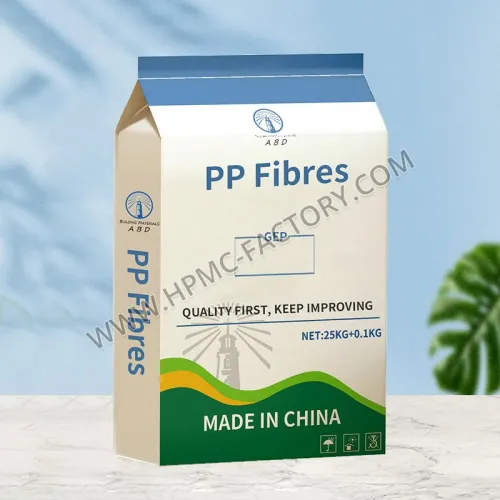Frequently Asked Questions about PP Fibers
Polypropylene fibers commonly known as PP fibers, have gained widespread use in various industries due to their versatile properties. Here, we address frequently asked questions about PP fibers, providing comprehensive insights into their applications, benefits, and considerations.
What are PP Fibers?
Polypropylene fibers (PP fibers) are synthetic fibers derived from the polymerization of propylene. These fibers exhibit excellent chemical and thermal resistance, making them suitable for a wide range of applications.
How Are PP Fibers Manufactured?
PP fibers are manufactured through a process called melt spinning. In this method, polypropylene pellets are melted and extruded through spinnerets to form continuous filaments. These filaments are then cooled and stretched to enhance their strength and durability.
What Are the Key Properties of PP Fibers?
Chemical Resistance: PP fibers are resistant to a variety of chemicals, making them ideal for applications where exposure to corrosive substances is a concern.
High Melting Point: With a high melting point, PP fibers maintain their structural integrity even at elevated temperatures.
Lightweight: PP fibers are lightweight, contributing to their use in applications where minimizing weight is crucial.
Low Moisture Absorption: These fibers have low moisture absorption rates, ensuring stability in different environmental conditions.
Where Are PP Fibers Commonly Used?
PP fibers find applications in various industries:
Construction Industry:
In construction PP fibers are often added to concrete mixes to enhance the durability and crack resistance of structures. The fibers provide additional strength and prevent the propagation of cracks.
Textile Industry:
In the textile sector, PP fibers are utilized in the production of fabrics, ropes, and twines. Their lightweight nature and resistance to moisture make them suitable for various textile applications.
Geotextiles:
PP fibers are used in geotextiles for erosion control, soil stabilization, and reinforcement in civil engineering projects. Their robustness contributes to the longevity of these applications.
What Are the Benefits of Using PP Fibers in Concrete?
Crack Control: The addition of PP fibers to concrete helps control and minimize cracking, improving the overall durability of the structure.
Increased Toughness: PP fibers enhance the toughness of concrete, making it more resistant to impact and reducing the risk of surface spalling.
Improved Durability: Structures reinforced with PP fibers exhibit improved durability, particularly in harsh environmental conditions.
Are PP Fibers Environmentally Friendly?
PP fibers are considered environmentally friendly due to their recyclability. These fibers can be reused and repurposed, contributing to sustainable practices in various industries.
How Should PP Fibers Be Handled and Stored?
To ensure the optimal performance of PP fibers, it's essential to store them in a dry and cool environment, away from direct sunlight. Proper handling, including avoiding exposure to harsh chemicals during storage, helps maintain the integrity of the fibers.
In summary, PP fibers stand as a versatile and reliable material with a wide array of applications across different industries. Their unique properties, including chemical resistance, high melting point, and lightweight nature, make them indispensable in construction, textiles, and civil engineering. Understanding the frequently asked questions about PP fibers provides valuable insights for industries looking to leverage the benefits of this remarkable material.



